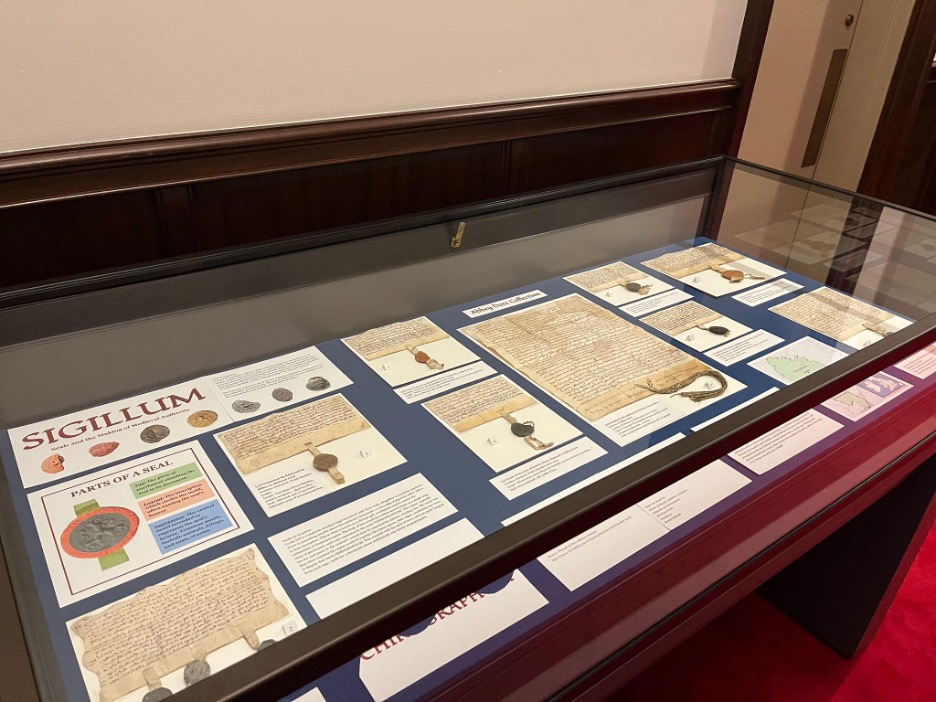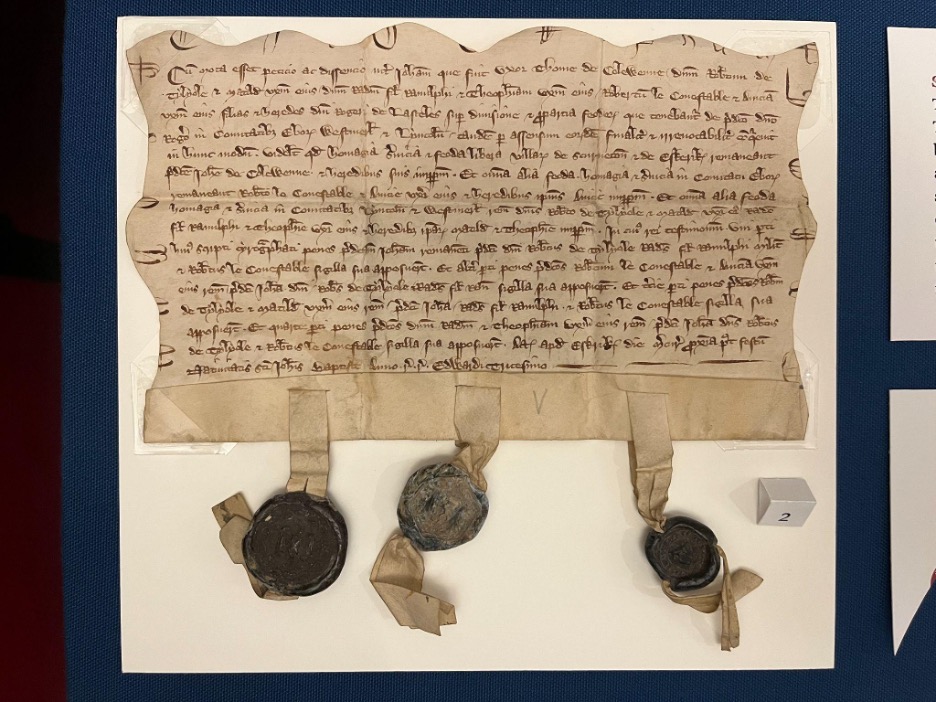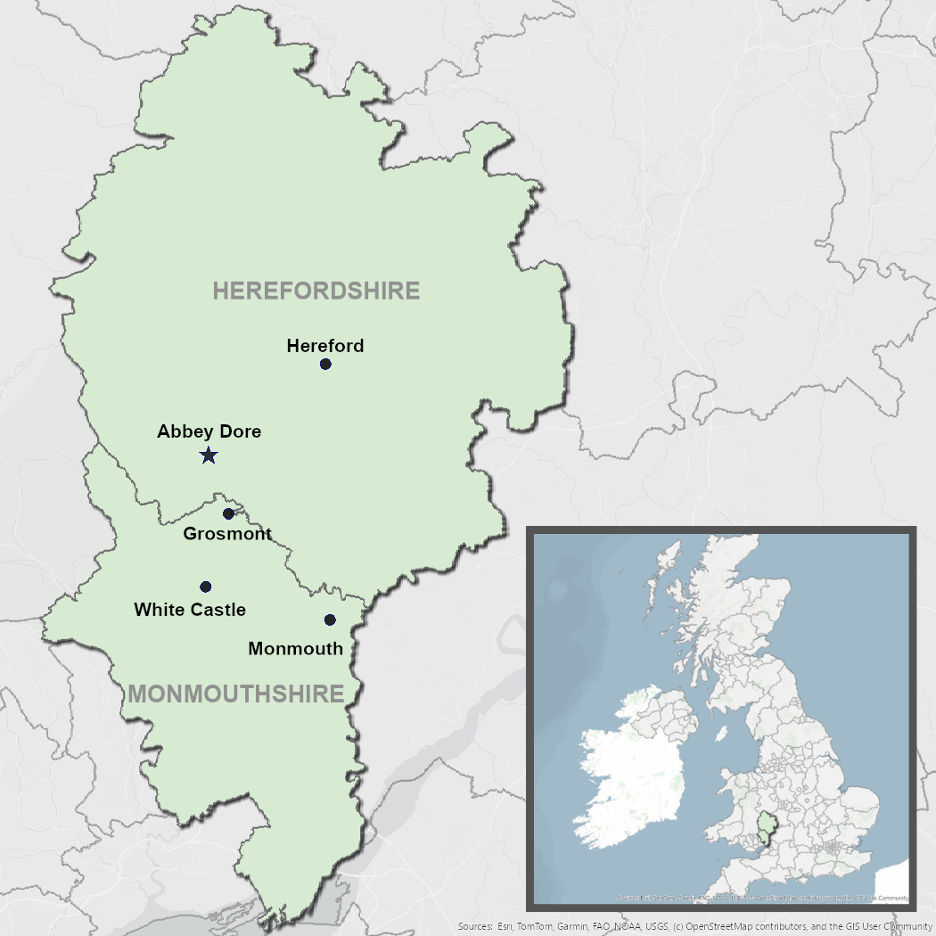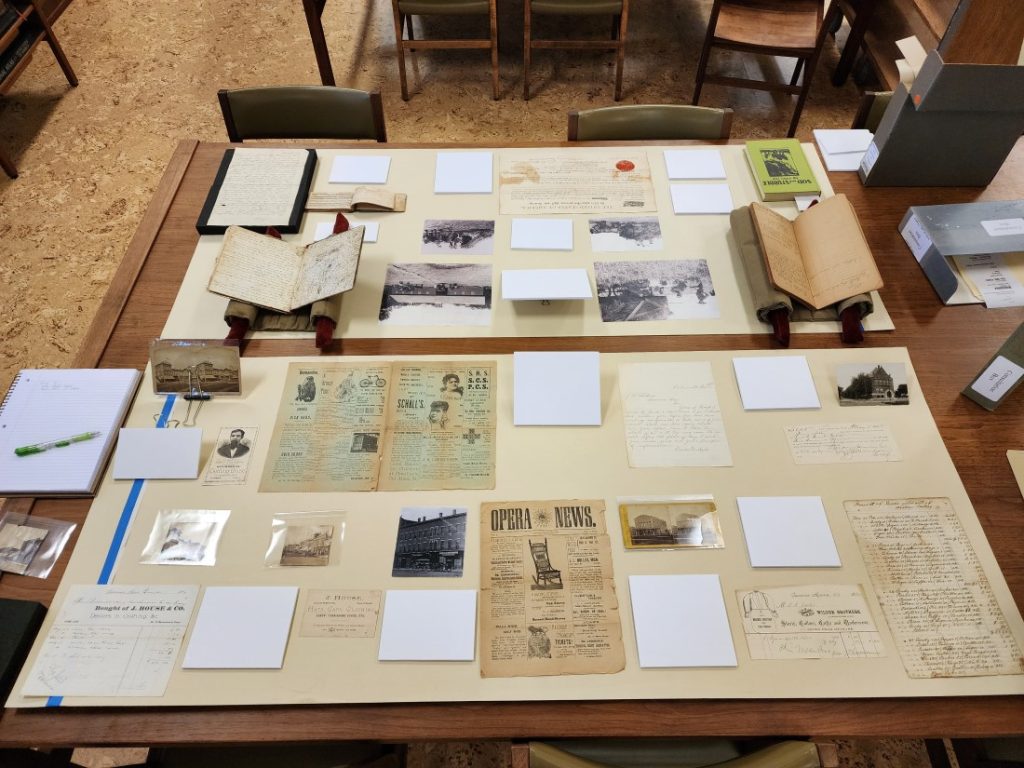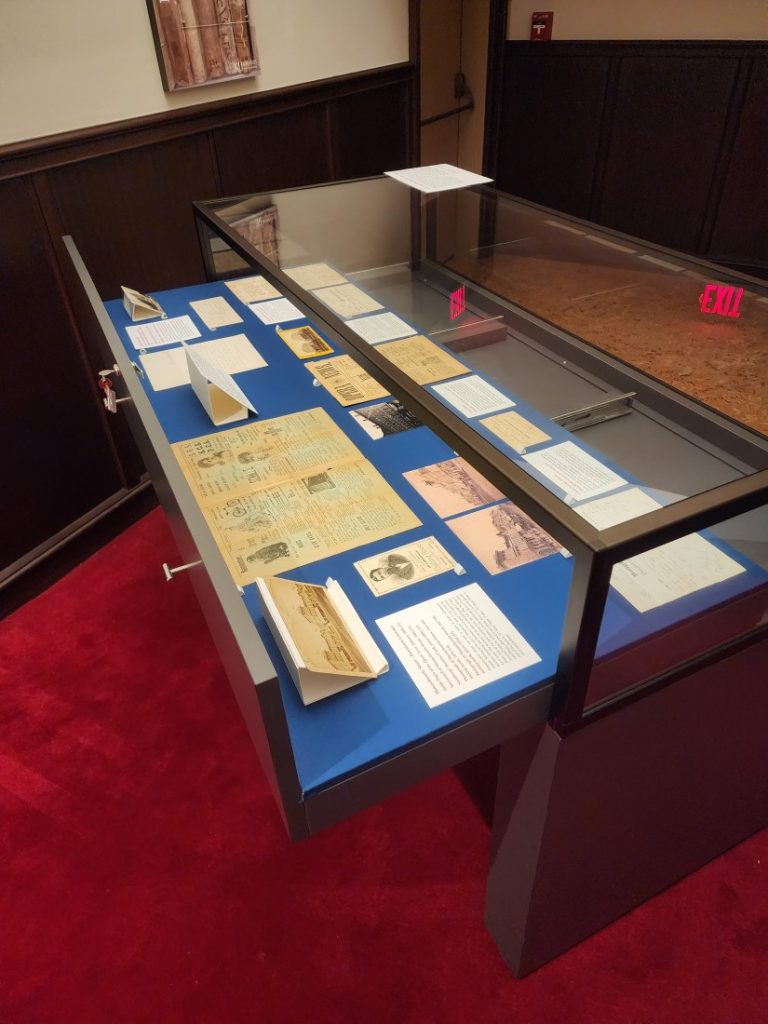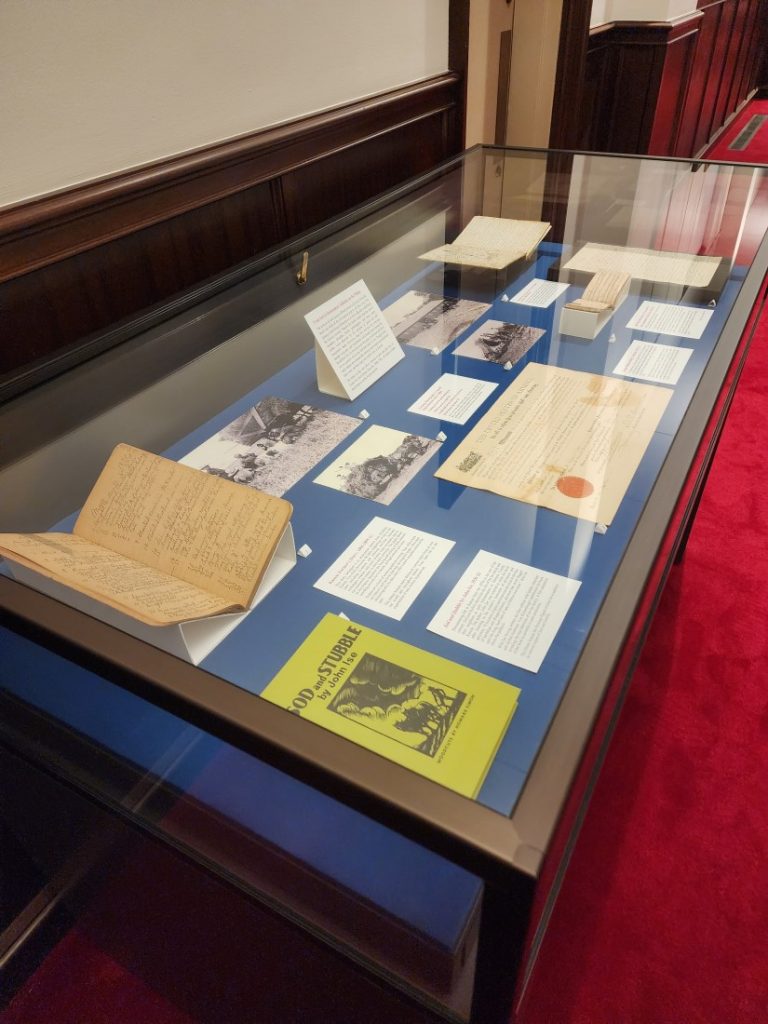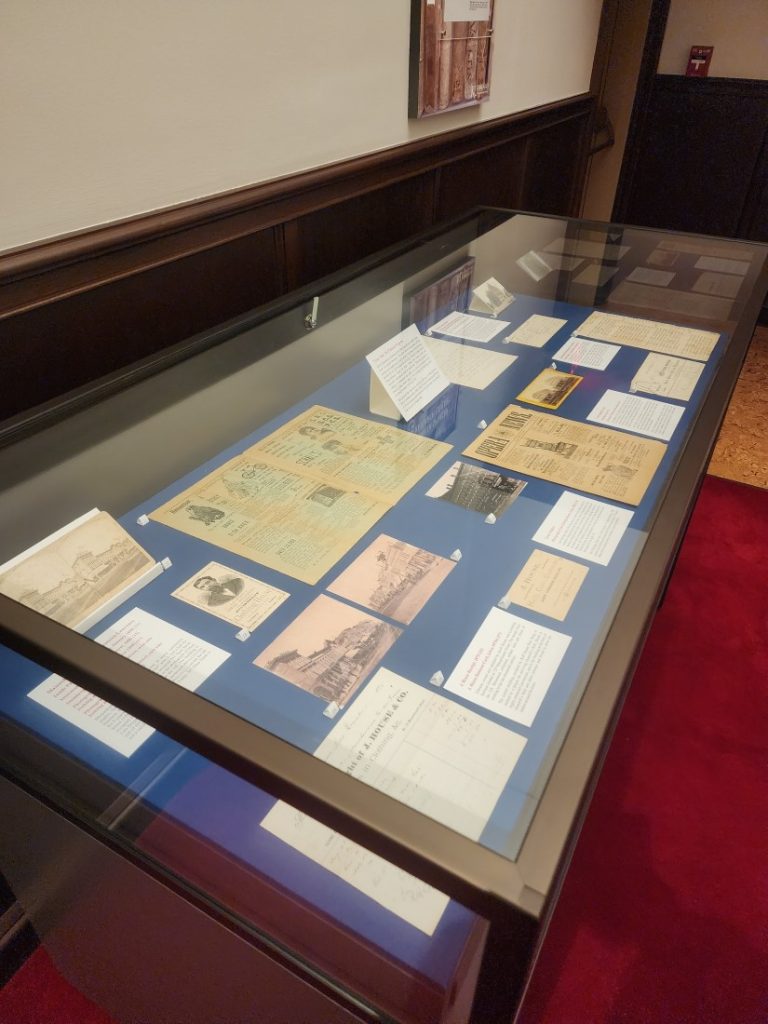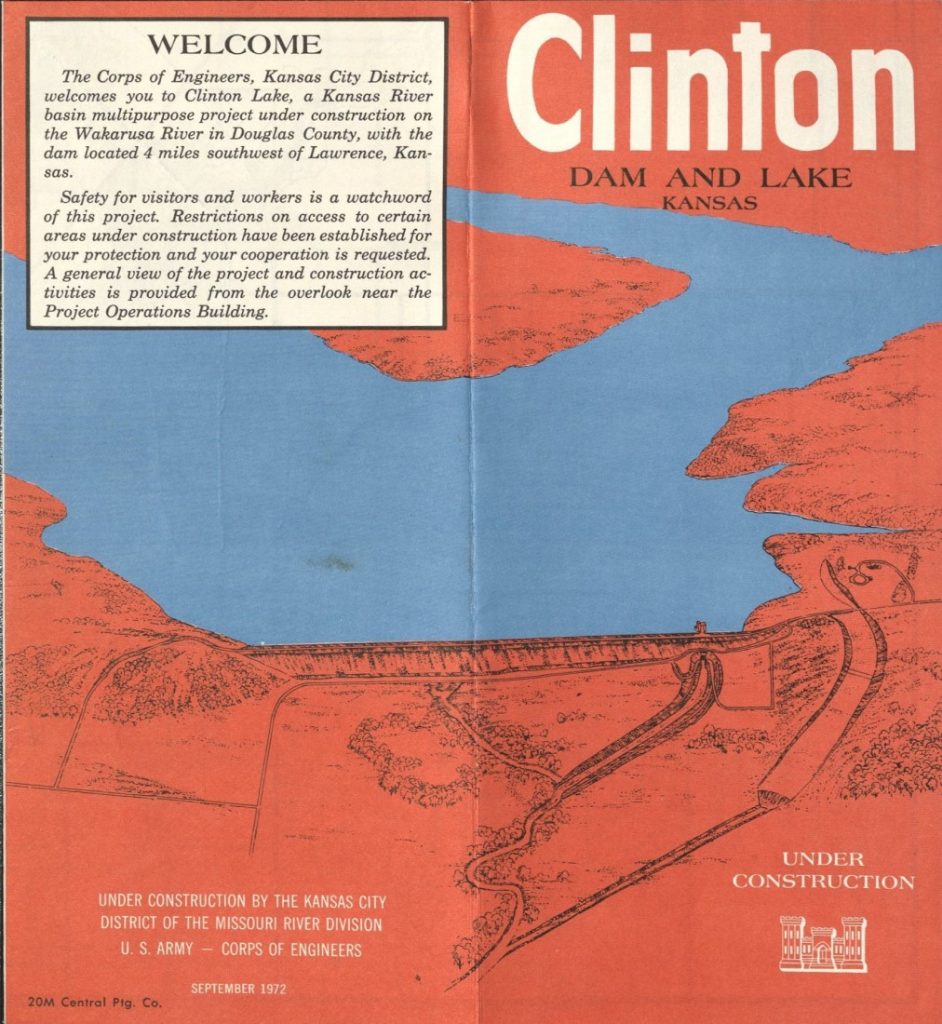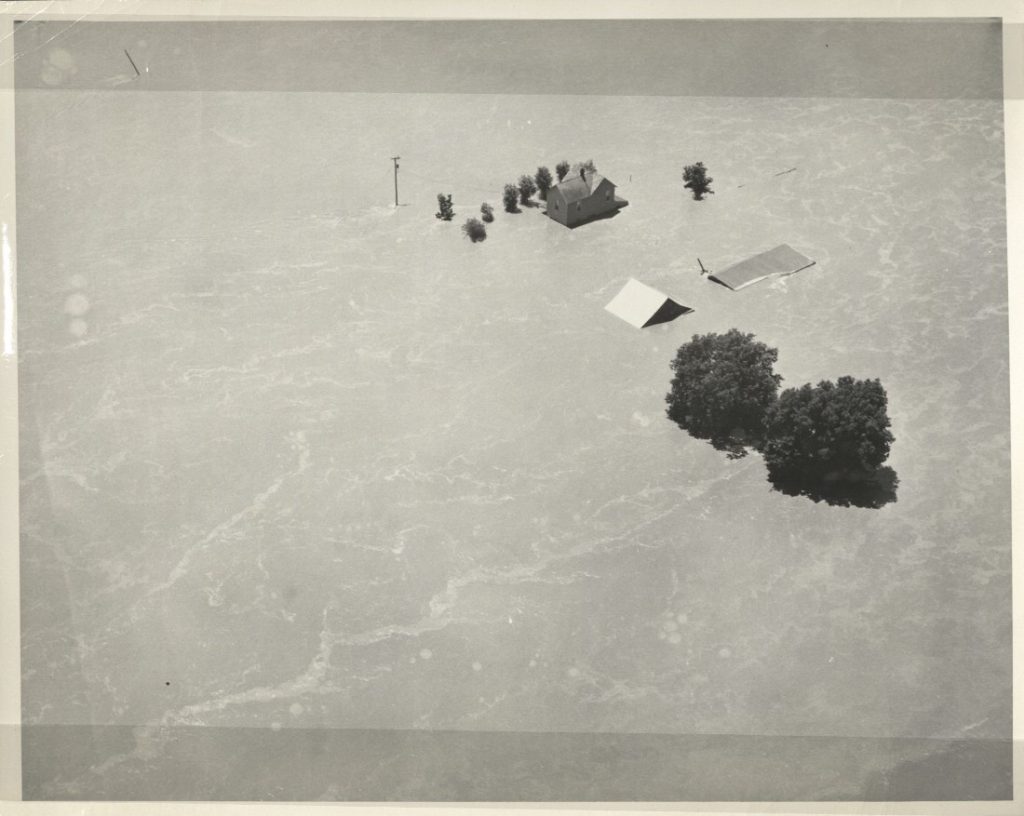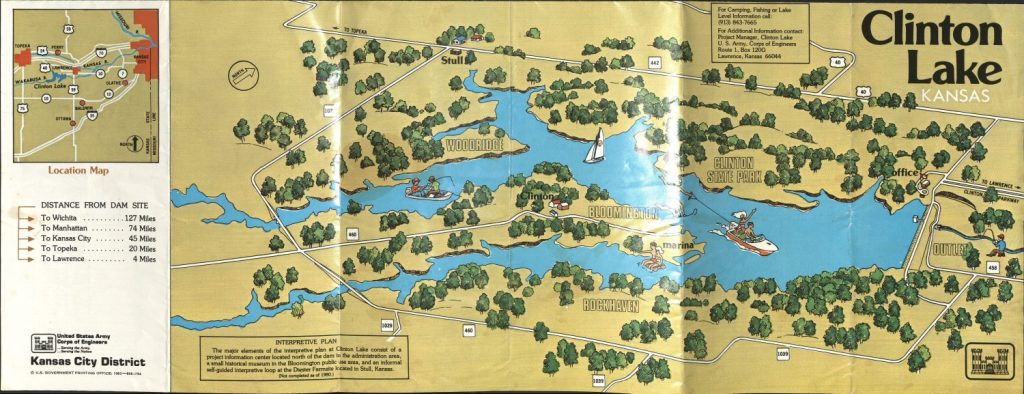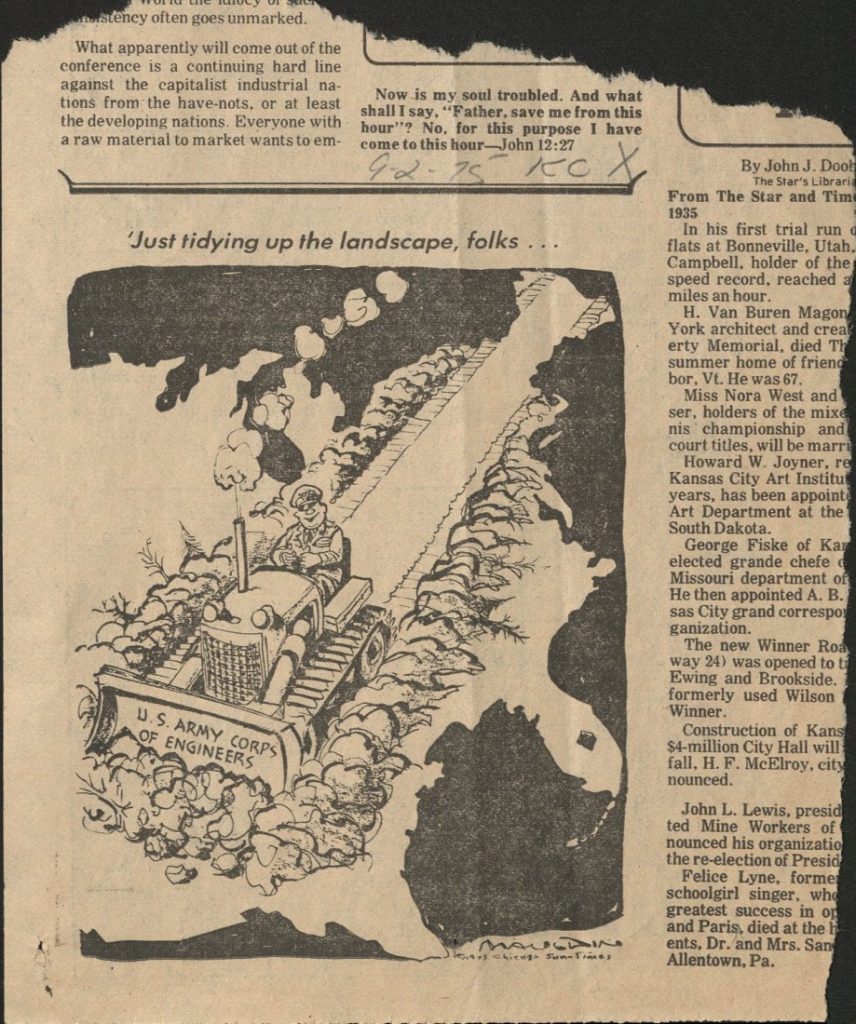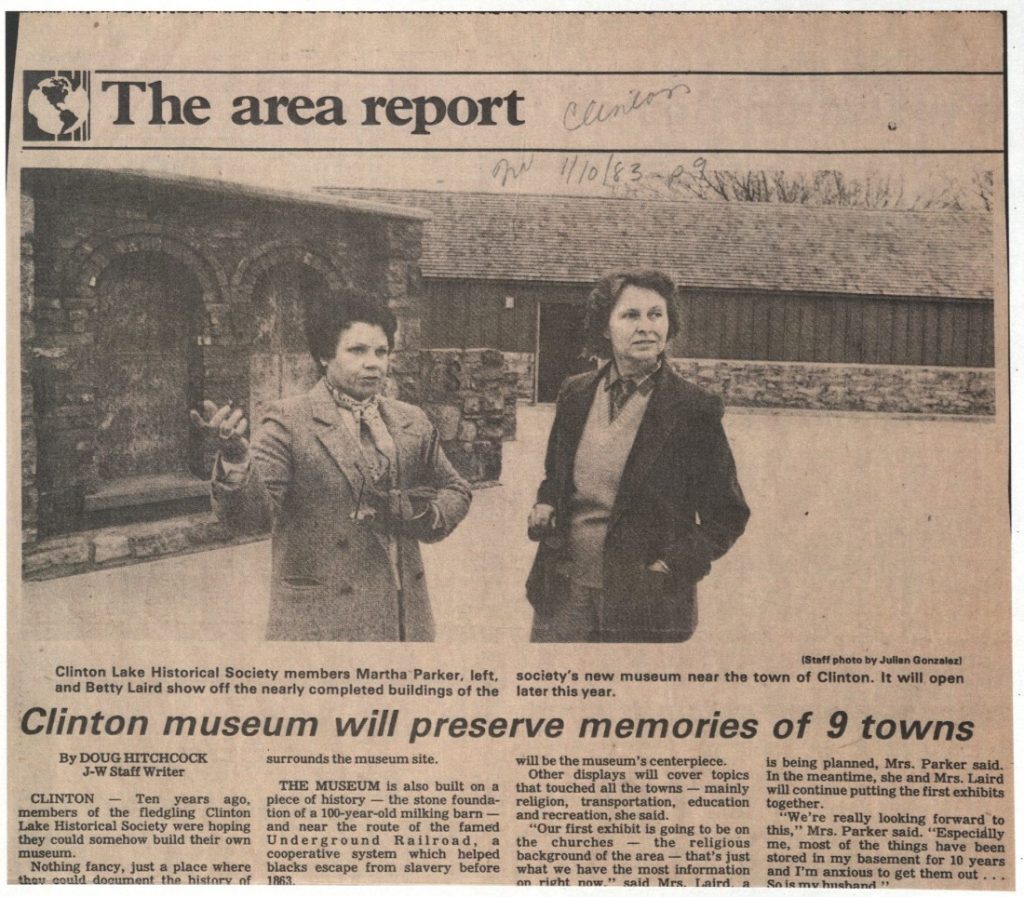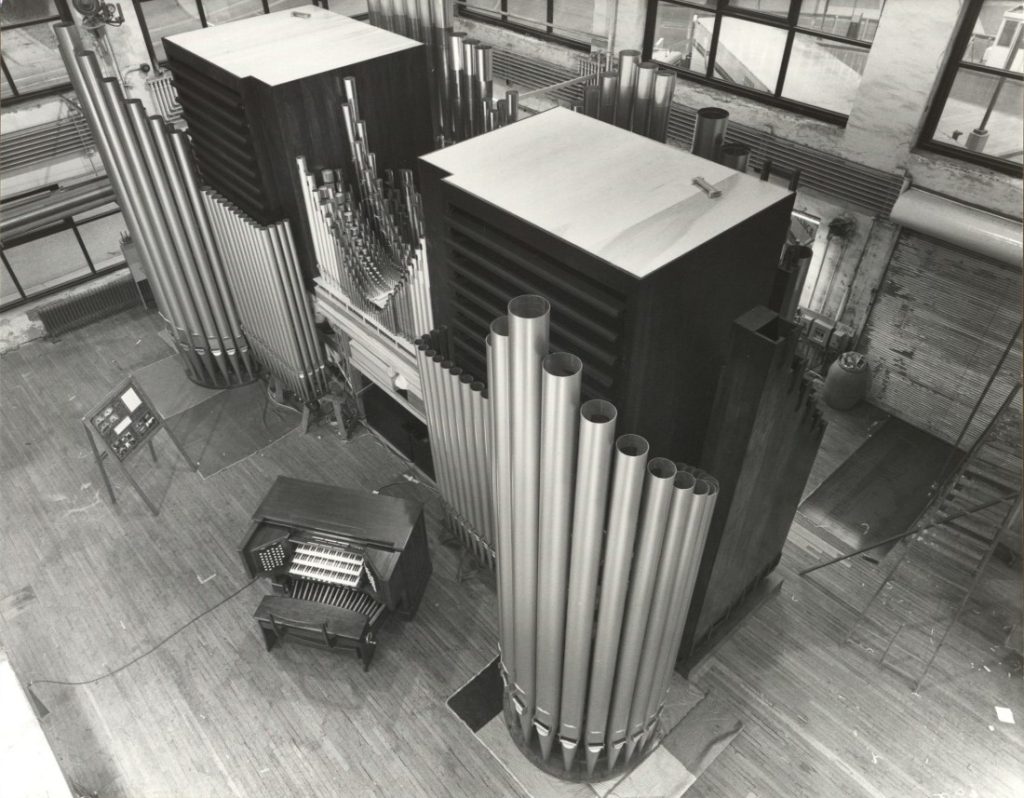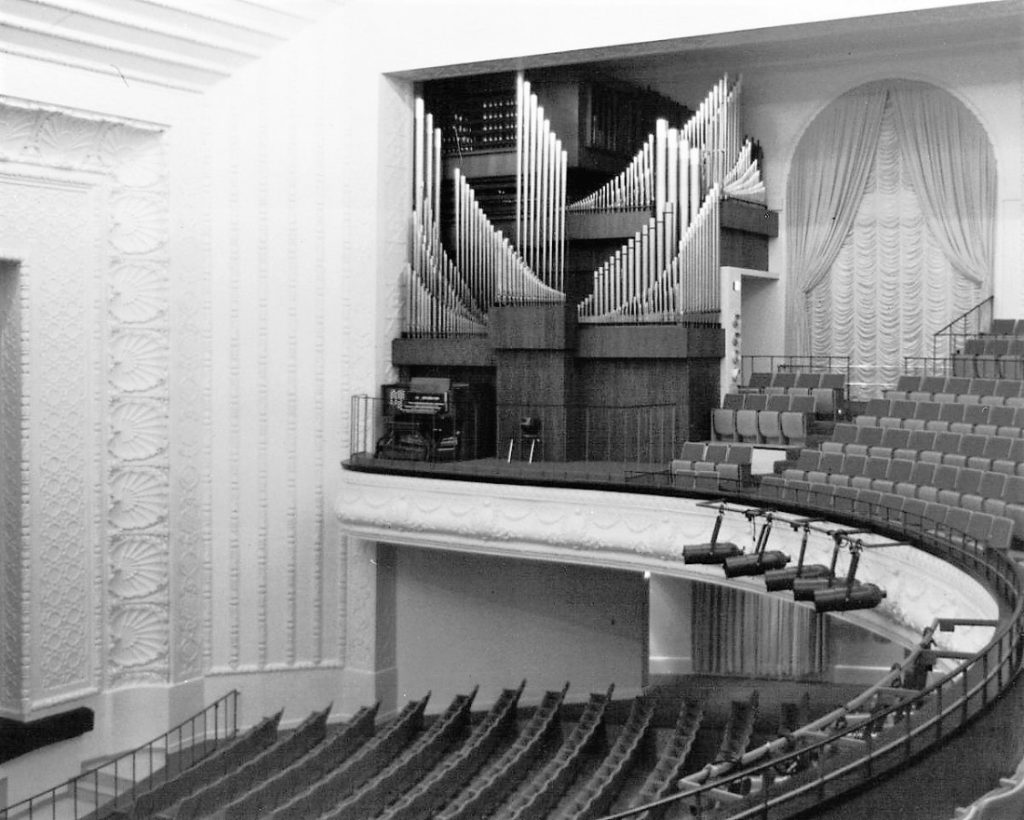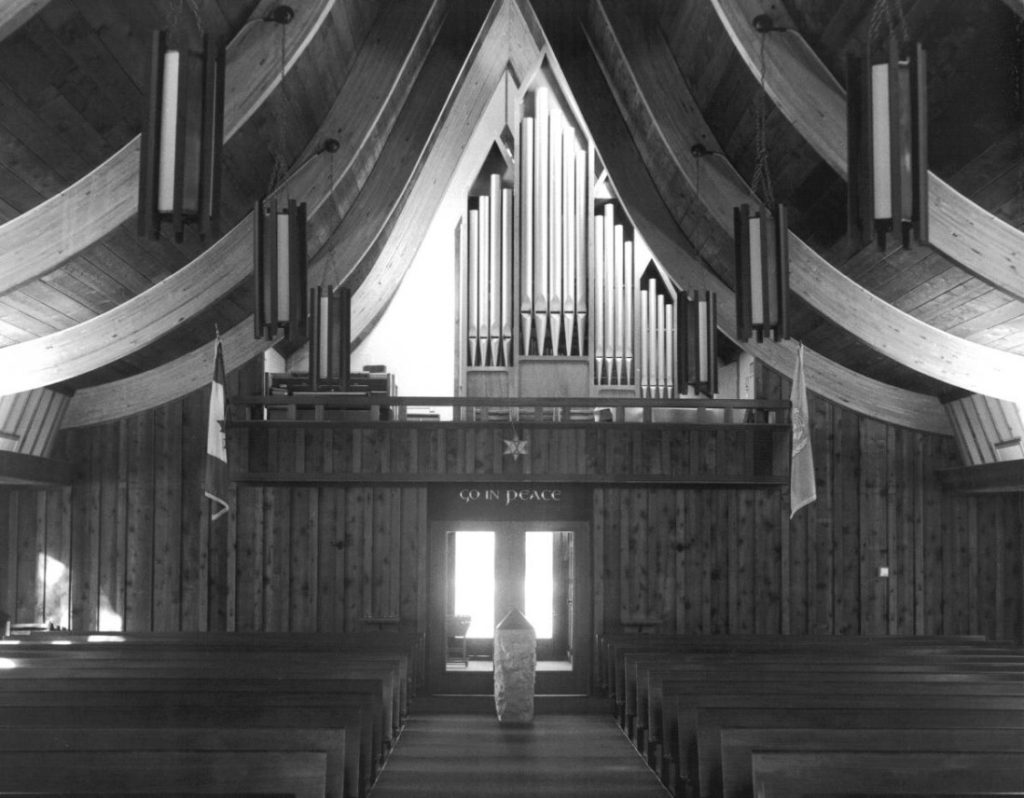Uncommon Books: Items from Spencer Research Library, Reviewed
October 17th, 2025I started working on this exhibit as part of an effort to tie Spencer materials in with this year’s KU Reads Common Book, John Green’s Anthropocene Reviewed. When I first started thinking about this exhibit, my idea was to collect things I thought people might be interested in reviewing themselves. I looked at the library’s first-edition copy of I Am Legend by Richard Matheson (Call Number: ASF B643). I looked at a gorgeous bound volume from Special Collections with binding I’d never seen before (Call Number: B10546). I even pulled and contemplated items from the Kansas State Seals collection (Call Number: RH MS Q428), wondering if there was a way I could somehow work a seal into the display.
The process of creating a display is by necessity dialectical. You might pull items with a particular theme in mind, only to discover that another theme might be more appropriate. In some ways, having the exterior guide of Green’s essays helped to eliminate some of that back and forth.
I thought that I knew what I would end up writing about with each of the items by the time I finalized my selection. With the KU Monopoly game, I thought I would write about my childhood experiences (or lack thereof) playing Monopoly. But as I was looking through the box, trying to decide how I would want to have it set up in the display, I discovered a little sticky note describing the item as a gift to the archive.

“Wild Geese Flying” (Call Number: MS P650) was sent as a Christmas card by poet Barbara Howes, and I initially thought that I would write primarily about the idea of sending a poem as a card. As I sat with the item, however, I became captivated by the poem itself. It’s more about the idea of geese than about an encounter with an individual member of goose-dom. It’s about the transience of migratory birds. It made me think about how so much of what we strive for here is permanence, or something like it, and how almost everything we keep here is vulnerable to time.

Green says in The Anthropocene Reviewed that “there are no disinterested observers, only participants” (p. 5). I initially read this as a commentary on how the act of observing something – what we choose to give our attention to – is inherently an expression of our agency. But I think that it also speaks to the fact that it’s hard to be really, truly disinterested if you pay enough attention. Nothing is ever quite as straightforward as it seems, as this display has so aptly shown me.
The Uncommon Books exhibit will be open in Spencer’s North Gallery through December 1. The display is accompanied by a page on the Lawrence Reviews website. Feel free to stop by and write your own review!
Grace Brazell
Administrative Associate


